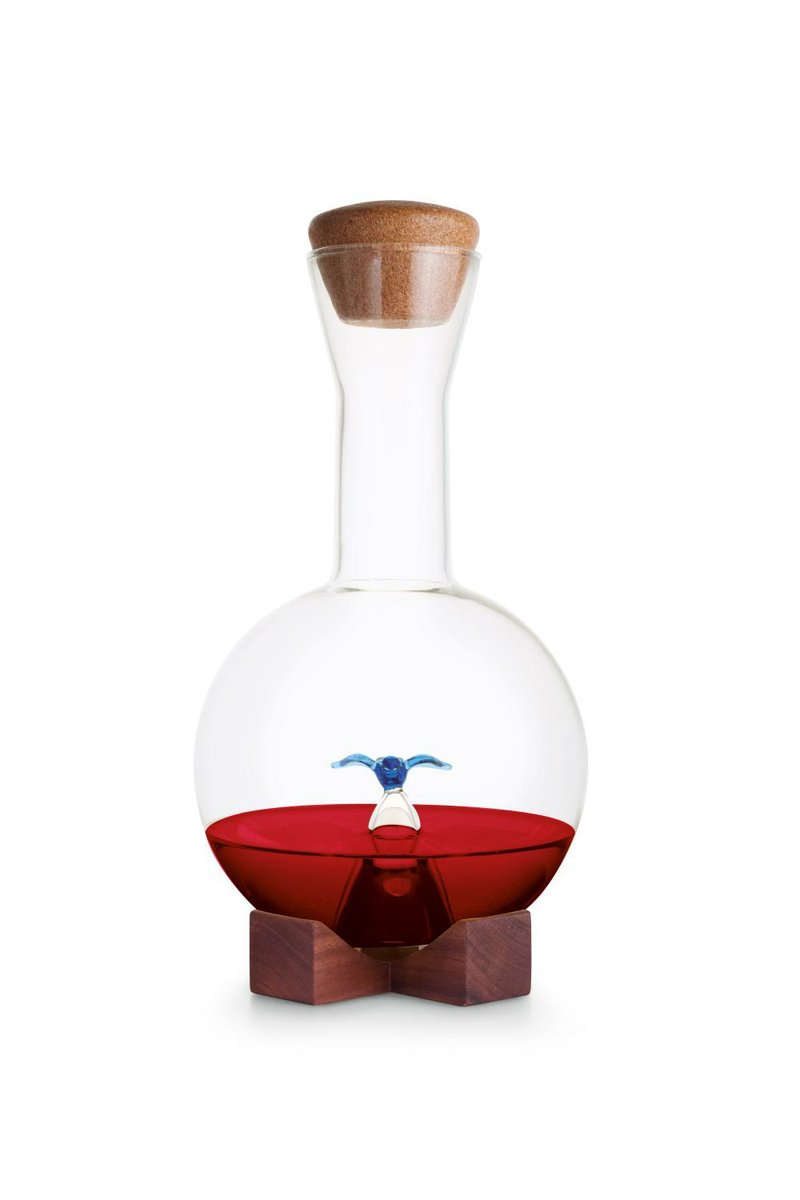Editor’s note: This column was written before organizers announced the Inspired Home Show has been canceled due to safety concerns about covid-19.
All journalistic objectivity aside, I’m going to come right out and say, my favorite designer of all time is Michael Graves. Hands down. No qualifiers. No apologies. The Princeton-based architect, designer and professor did more for American design than anyone I know.
Graves died five years ago this week at the age of 80, after gracing the world with more than 350 landmark buildings from Egypt to the Netherlands and designing more than 2,500 household products.
Fortunately, his legacy lives on. This week his namesake design firm, Michael Graves Design, will roll out a new generation of kitchenware. More than 100 items including cookware, serve ware, and items for kitchen organizing and food storage, will debut at the Inspired Home Show in Chicago, Saturday-Tuesday.
The new kitchen items, “are useful, accessible, attractive and play nice with others,” said Donald Strum, who heads product design for MGD. In other words, you can leave them on your counter and your kitchen won’t look like a thrift store sidewalk sale.
The news took me back to my first conversation with Graves more than 20 years ago. In 1999, his line of housewares debuted in Target stores, bringing high design to the masses. I covered the story for the Los Angeles Times. We spoke again in 2011 when I wrote about another wave of household products he’d released — a crop of brooms, mops and dustpans.
Eager to see what was new, I got a sneak peek. Among the items that caught my eye — and could soon be in a store near you — are canisters that give you just a glimpse of what’s in them, glammed up dishracks and a wine decanter like none you’ve ever seen.
“Most canisters are either completely opaque or completely clear,” Strum said. The opaque ones leave you guessing what’s inside and how much is left. Clear ones feature too much of the not-so-attractive contents. (Do we really want to see all that dry rice?) The MGD canisters are sleek stainless-steel silos with a visible two-inch strip of glass at the bottom, so you can see what’s inside, but not too much, and, more importantly, know when you’re almost out.
Dish racks are kitchen workhorses that get a lot of counter time, so they should look more presentable. “We love to infuse mundane items with a bit of glamour,” Strum said. The reinterpreted dish rack comes in charcoal gray metal with gold wire accents and in deep indigo with metal accents. “They’re like jewelry for the kitchen.”
My favorite item, however, is the wine decanter. The clear glass-blown vessel contains a bluebird, reminiscent of a ship in a bottle. (How did that get in there?) Pour a full bottle of wine in and the wine level falls so the bird looks to be floating on the surface. When you pour the wine, it runs over the bird’s wings and becomes aerated, thus better.
The decanter also seems to put Graves’ formula in a bottle: Form, function and whimsy at once.
In remembering Graves, Strum said, “Michael had a really wonderful pulse on public taste and knew there was a gap between good design and what most people encountered. He devoted much of his life to filling that.”
Hence my unbridled admiration. Though I’m sorry he’s gone, the lessons that Graves taught me about design are not. Here’s what stuck:
His approach: Whether designing a city library or a toaster, Graves studied everything we humans encounter and asked one focal question: How can engaging with this item be a better experience?
His philosophy: Second only to the question, “how can this be better?” was the question “how can it be accessible to the masses? I always wanted the objects I designed to be available to everyone,” he once told me. Indeed, Time magazine dubbed Graves “the father of the Democratization of Design.”
His scope: Few people are both humble and grand. Graves was equally at home designing a Federal courthouse and a toilet plunger. “People didn’t like to have their plungers out in the open, so I designed one with a little keeper,” he told me. That toilet plunger with caddy, incidentally, landed in a modern art museum. No item is so low it can’t be elevated through improvement.
His humor: Great design does not stop at the simplest, most efficient intersection of function and beauty. (He likes the paper clip.) It has something more — a touch of whimsy. For instance, when designing the Disney Co. headquarters in Burbank, Calif., he drew inspiration from classic Greek temples, except instead of statues of the gods, he used statues of the Seven Dwarfs. Graves wanted his work to make you smile.
As of February, Graves’s work, and the entire collection of his 2500-plus products, are on display and are part of the permanent collection of the Henry Ford Museum, in Dearborn, Mich.
Syndicated columnist Marni Jameson is the author of five home and lifestyle books, including Downsizing the Blended Home — When Two Households Become One.
